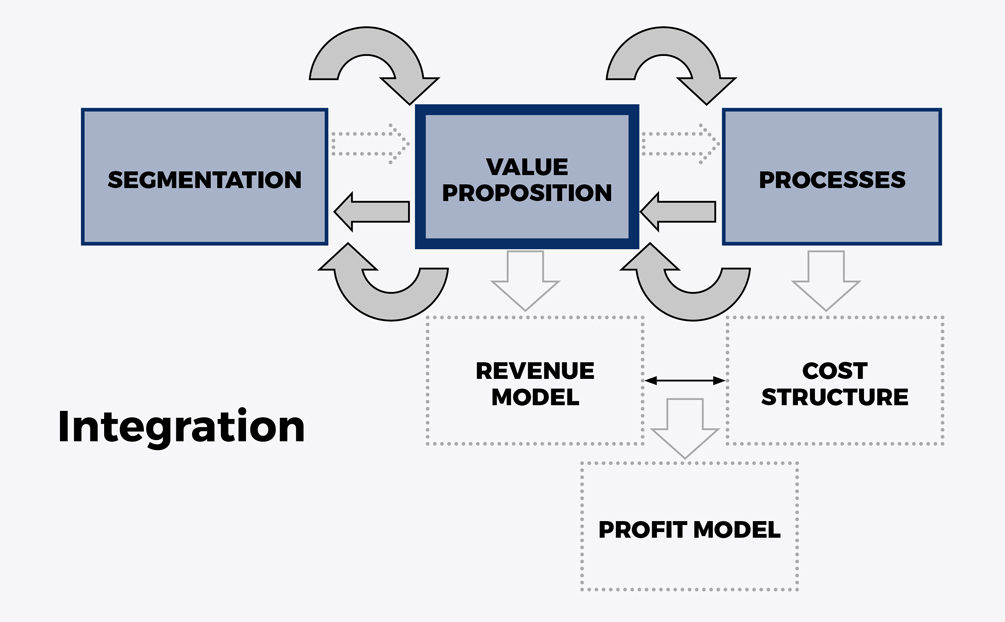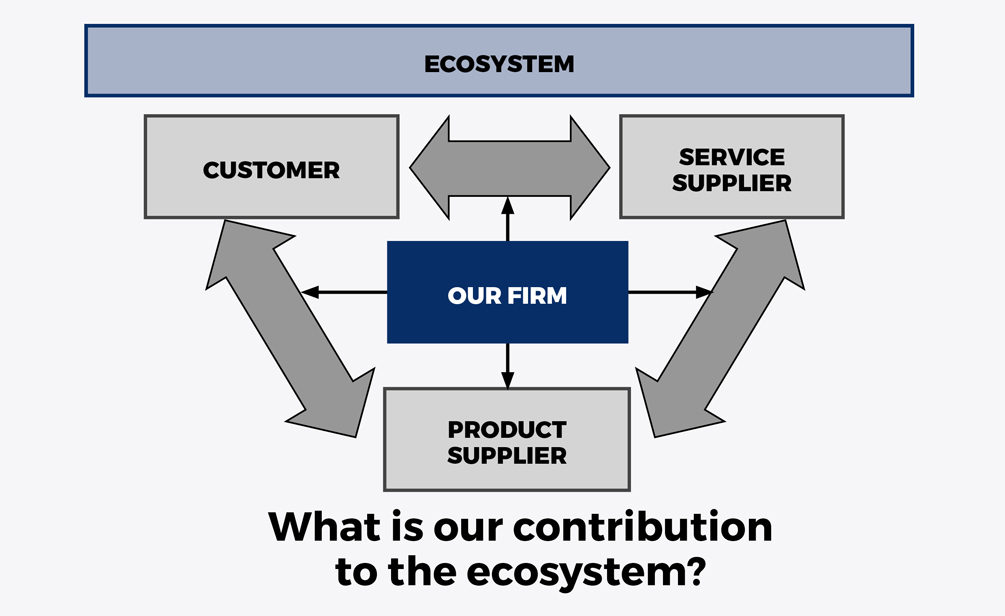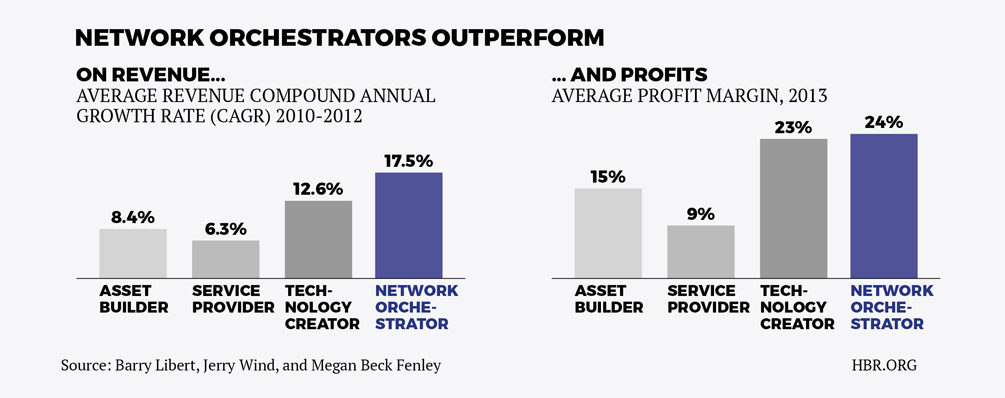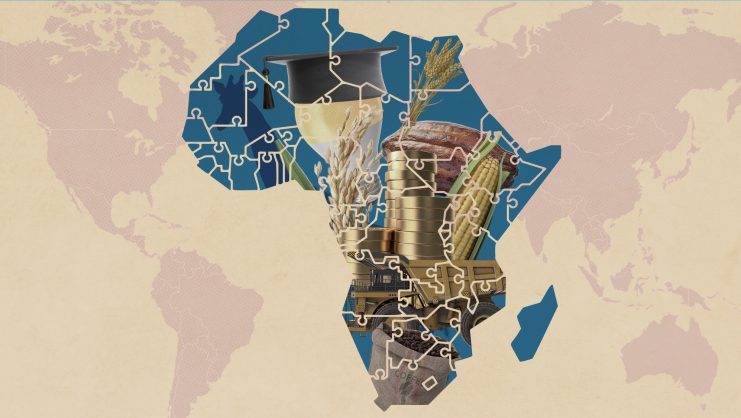Academics like Clayton Christensen and Henry Chesbrough, or consultants like Alexander Osterwalder and Steve Blank have emphasized that without a good business model there is no significant business success in the medium and long run. Well known success cases like Apple, Zara, IKEA, and Walmart or not so well known as CEMEX or General Electric Aviation, are examples of well designed business models. In all these cases success is not about a single product or service idea, nor about technology innovation, the key to success is a well designed innovative business model.

But what is a business model? It is mainly the integration of a new look to the market, identifying new customer problems and a new target customer (segmentation), an innovative value proposition that solves these problems, and innovative processes able to materialize the value proposition. Obviously the financial side: revenue model, cost structure and finally profit model must fit.
However if we want to understand what business model design entails nowadays in the present complex global business environment, it is not enough to design our own firm features, we need to design a whole ecosystem or at least adapt to it. We need to design or adapt to a system of relations with the main business actors in our environment: customers, suppliers and competitors.
We need to have an open innovation approach opposed to a closed innovation one and a shift from Me to We mindset.
Reconfiguring the ecosystem
With the ecosystem map in mind, we must ask if we have some valuable knowledge asset for the ecosystem actors, difficult to replicate. If the answer is no, a good approach is to ask, under what conditions does the present ecosystem is competing? Are there opportunities for a reconfiguration of the ecosystem? For example, can we design a new product-service relation? Some of the previously mentioned examples like IKEA (the customer is in charge of last mile transportation and the furniture assembly), CEMEX (CEMEX is responsible for a 24 hour replenishment process), GE Aviation (GE integrates motors maintenance and hires flight hours instead of selling motors) have built their business models around an ecosystem reconfiguration.

However, business models need to address an environment characterized by: technological complexity, extremely dynamic change and global competition. In this context, the key for success is the capability to evolve and adapt quickly.
This means that no single firm is able to keep the pace on its own and we need complementary capabilities evolving in a synchronized way. To meet this challenge the key word is codevelopment. With this purpose we need to have an open innovation approach opposed to a closed innovation one and a shift from Me to We mindset.
In the current process of digital transformation, the ecosystems become more complex adding digital partners to physical partners and sometimes substituting them.
New innovative approach
An open innovation approach means sharing our knowledge with others in order to build around others knowledge, and a shift from a Me mindset to a We mindset means to think on the ecosystem needs first and on our firm needs as a corollary, by no means a small and easy change. This is one of the reasons why a new figure is emerging in business ecosystem economy and organization, the orchestrator. Orchestrators are firms that create a network of peers in which the participants interact and share in the value creation. Orchestrators are outperforming the rest of the firms.

In the current process of digital transformation, the ecosystems become more complex adding digital partners to physical partners and sometimes substituting them. In this context one of the more relevant actors are platforms in the double sense of platform service provider and platform business model. Platform providers perform a critical role in an ecosystem—they deliver consistent and reliable components that make application providers more productive. In this way, platform providers effectively connect many application providers to each other and to end users, defining critical common interfaces, as well as reusable components. Doing so they use platforms to conduct the orchestrator role.
Firms like Red Hat, Visa or Uber are typical examples of platform orchestrators but firms like General Electric or Philips are building digital platforms adopting the role of orchestrator in the Healthcare industry, General Electric Predix platform performs the orchestrator role in the equipment industry, banking due to the increased influence of Fintech firms is evolving to a model in which banks will become orchestrators on top of digital platforms.
As a result, industry boundaries will dramatically blur as platforms reshape industries into interconnected ecosystems. Visionary companies, however, are recognizing that as every business becomes a digital business, together they can effect change on a much bigger stage.
To sum up:
- Business model design entails business ecosystem design.
- Ecosystem management needs a shift from a Me to a We mindset in which co-development and open innovation approach are part of the DNA of each firm.
- In the age of digital transformation orchestrators role built on top of digital platforms is a must in business ecosystems design.
Understanding the workings and dynamics of this business ecosystems based on the implications of digital transformation is becoming critical because almost inevitably every firm will be part of one ecosystem built around one platform. But this needs a new article to address the subject with the minimal extension it deserves.
© IE Insights.











